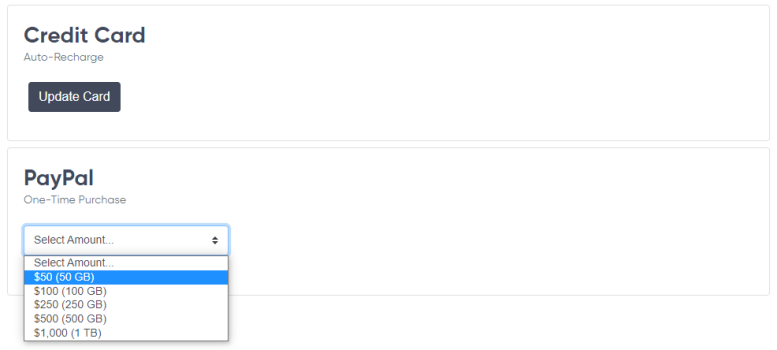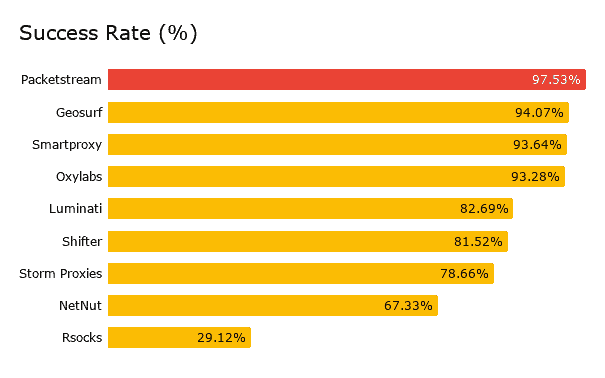

Once you have acquired a proxy service, you will need to configure your network settings to use the proxies.
#Packetstream pricing free
Some services offer unlimited access to their proxy networks for a fee, while multiple free services can provide limited access to residential proxies. To use residential proxies, you will need to acquire a proxy service or find a free option online. With a residential proxy network, users can assign several IP addresses for each request, allowing them to switch IPs quickly and easily – this increases their chances of avoiding detection by anti-scraping measures or other security systems.Īdditionally, residential proxies offer faster connection speeds than other types of proxy networks, meaning that users can access content quickly and without interruption.

In the Configure Streams UI, click on the name of the stream you want to clone.You can then add additional capture rules, such as aggregation, filters, content extraction, and file extraction. When you clone a stream, the app produces an exact duplicate of the original stream, including all enabled fields and existing filters. This lets you create variations on your streams and capture data with additional granularity. You can clone any existing streams to create new custom streams. The pcap file downloads to your local machine.
#Packetstream pricing download

The app uses the file server to store pcap files that Stream forwarder generates based on the packet stream definition. Stream forwarder also indexes metadata that identifies the pcap files in searches and workflow actions.īefore you can collect data using packet streams, you must map your Splunk Stream deployment to a remote file server. When you create a new packet stream, Stream forwarder picks up the packet stream definition, then captures and stores targeted packets in pcap files on a remote file server. Unlike metadata streams, which send all data that match the stream to indexers, packet streams capture only those packets that match pre-defined target fields.
#Packetstream pricing full
Packet streams use targeted packet capture to collect full network packets. You can run Splunk searches against full packet data, and use workflow actions to download pcap files containing that data to your local machine. Packet streams let you capture raw network packets based on targets that you define.


 0 kommentar(er)
0 kommentar(er)
